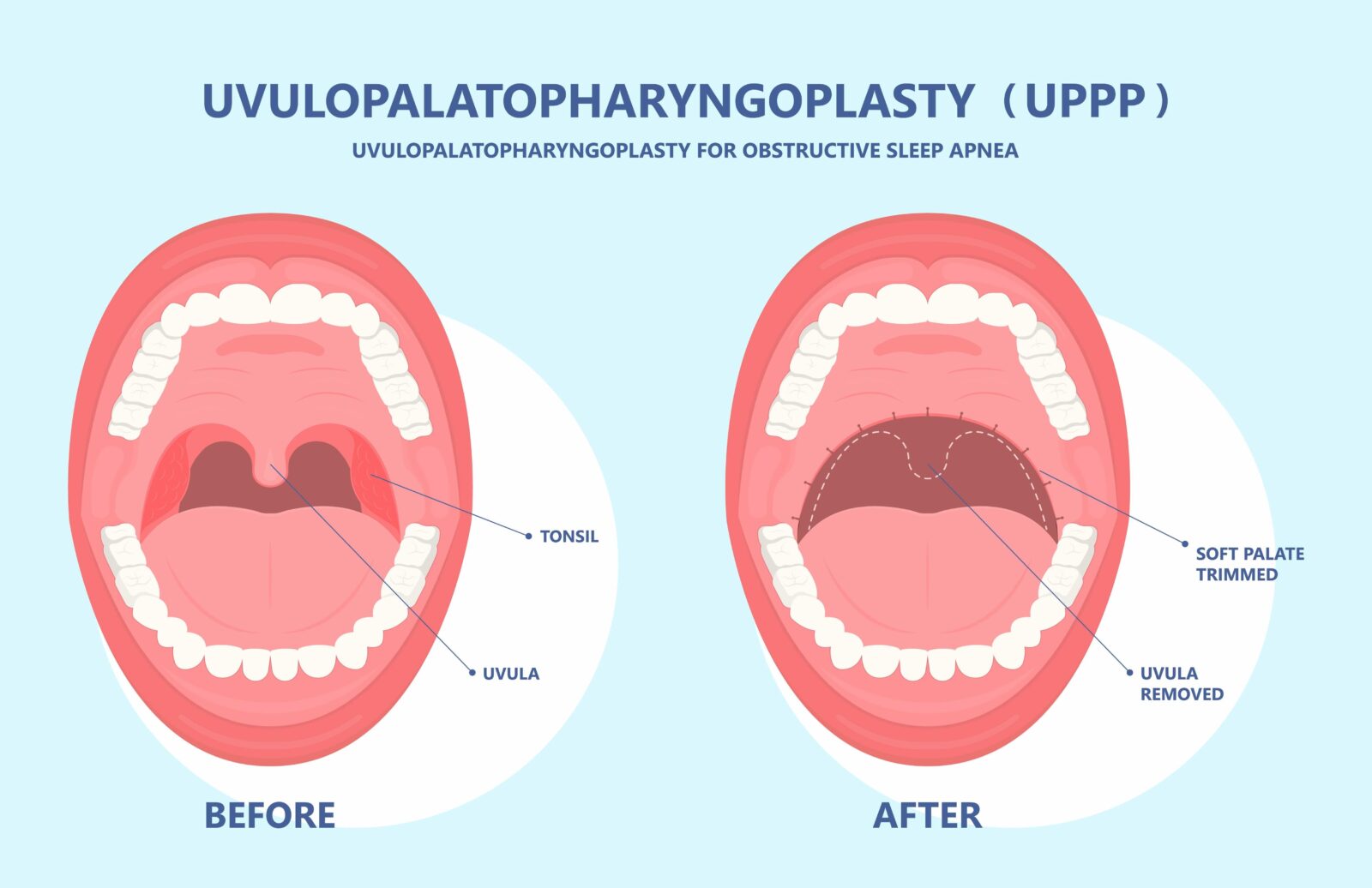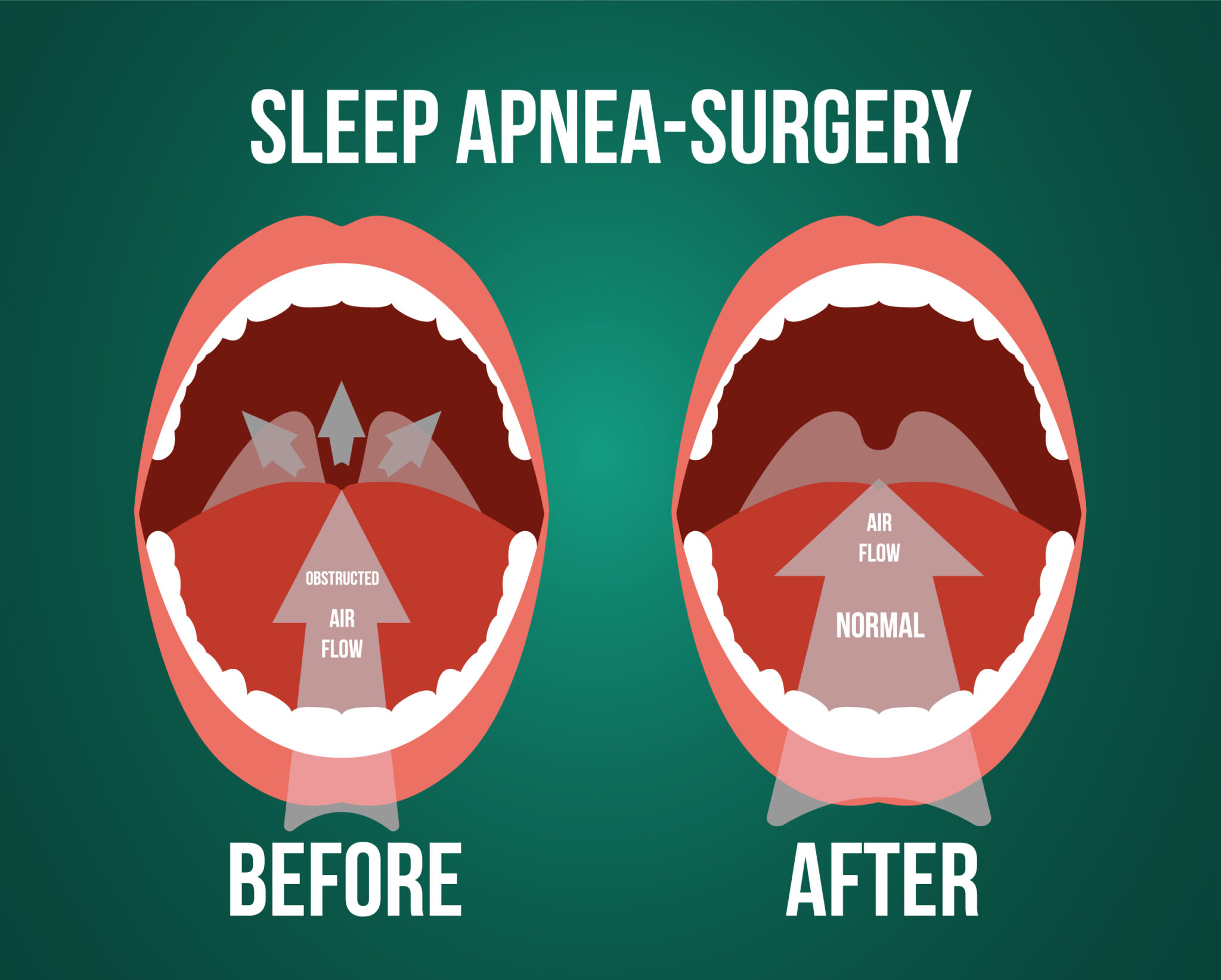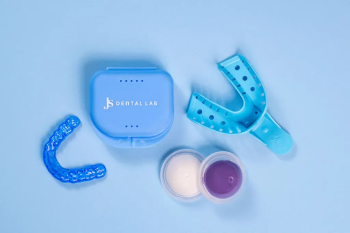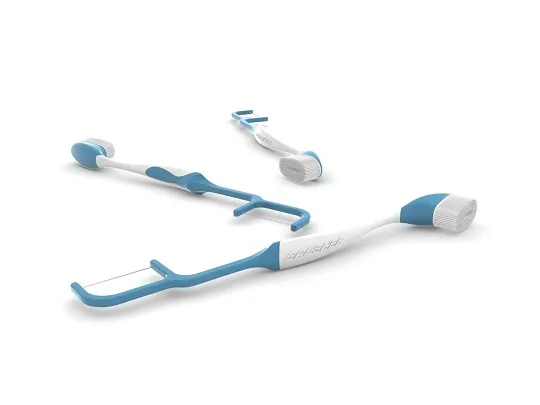Somnoplasty is the combination of two procedures that remove excess throat tissues, including the uvula and parts of the soft palate and tonsils and targeted thermal energy induces tissue shrinkage.
Somnoplasty Surgery for Snoring and Sleep Apnea: A Minimally Invasive Treatment Option
Tired of keeping your partner up with noisy snoring every night? If lifestyle tweaks and other remedies haven’t silenced the log sawing, a procedure called Somnoplasty could be the solution. This relatively non-invasive treatment uses radiofrequency energy to shrink and tighten throat tissues causing snoring and obstructed breathing.
While not entirely risk-free, Somnoplasty provides noticeable snoring relief for many with a relatively smooth recovery. Let’s explore how it works, the pros and cons, and who’s a good candidate. With this information, you can determine if Somnoplasty could finally gift you and your partner a peaceful slumber.
Here is a table that compares the success rate of somnoplasty with other snoring treatments
| Snoring Treatment | Description | Success Rate |
|---|---|---|
| Somnoplasty | A minimally invasive procedure that uses radiofrequency energy to shrink and stiffen tissues in the throat, reducing snoring and improving breathing during sleep. | 70-80% |
| Continuous Positive Airway Pressure (CPAP) | A machine that delivers air pressure through a mask worn over the nose and/or mouth keeps the airway open and reduces snoring and sleep apnea. | 80-90% |
| Oral Appliances | Devices that fit in the mouth to reposition the jaw and tongue, opening the airway and reducing snoring and sleep apnea. | 60-70% |
| Lifestyle Changes | Strategies include losing weight, avoiding alcohol and sedatives before bed, and sleeping on your side to reduce snoring and improve sleep quality. | Varies widely depending on individual factors |
What Exactly is Somnoplasty?
Somnoplasty combines two procedures:
Uvulopalatopharyngoplasty (UPPP): Removal of excess throat tissues, including the uvula and parts of the soft palate and tonsils. This clearance creates more airspace.
Radiofrequency Ablation (RFA): Targeted thermal energy induces tissue shrinkage. Results stiffen and tighten the palate to prevent vibration and collapse.
Performed under general anesthesia, Somnoplasty takes 1-2 hours. Most patients return home the same day. The goal is to open constricted airways to stop the vibration that causes snoring and sleep apnea.
Who is a Good Candidate for Somnoplasty?
Ideal candidates for Somnoplasty include:
- Adults with mild-moderate snoring caused by vibrating throat tissues.
- Those with mild-moderate sleep apnea need extra airway space.
- Patients are open to a minimally invasive surgical option.
- Relatively healthy individuals able to undergo general anesthesia.
Somnoplasty works best for primary palate-related snoring and obstruction. Those with complex sleep apnea involving multiple anatomical factors may need additional procedures.
The Benefits of Somnoplasty for Snoring
Compared to more invasive surgeries, Somnoplasty offers distinct advantages:
- High efficacy – Studies show 70-80% snoring reduction.
- Outpatient basis – Most go home same day.
- Rapid recovery – Return to normal in 1-2 weeks.
- Lasting results – Effects often permanent.
- Little postoperative pain.
- Avoids risks and long recovery of radical reconstructive surgeries.
For many snorers and those with mild sleep apnea, Somnoplasty greatly improves sleep and breathing with minimal trauma.
Potential Drawbacks and Considerations
While less invasive than similar operations, Somnoplasty still carries surgical risks:
- Bleeding, infection, and scarring are possible with any incision.
- General anesthesia cannot be taken lightly, especially for those with health conditions.
- Swallowing may be irritated post-procedure until swelling resolves.
- Not considered permanent solution for all – touch up procedures may be needed.
- Cost is often $4000+ without insurance coverage.
Discuss your unique situation with an ENT specialist to determine if rewards outweigh potential risks.
How Does Somnoplasty Results Compare to Other Snoring Treatments?

Somnoplasty – 70-80% effective
CPAP – 80-90% effective
Oral Appliances – 60-70% effective
Lifestyle Changes – Varies greatly
While not always 100% curative, Somnoplasty can significantly reduce snoring and open obstructed airways when other options fall short.
Is Somnoplasty Right for You?
If noisy snoring or mild sleep apnea plague you, Somnoplasty merits consideration. While not without risks, this minimally invasive procedure offers lasting snoring relief and restored sleep quality for many.
Speak with an ENT specialist to determine if you’re a candidate. If ineffective lifestyle adjustments and conservative treatments leave you or your partner fatigued, Somnoplasty could be your ticket to dreamland. Sleep soundly soon with this innovative snoring and sleep apnea solution!




